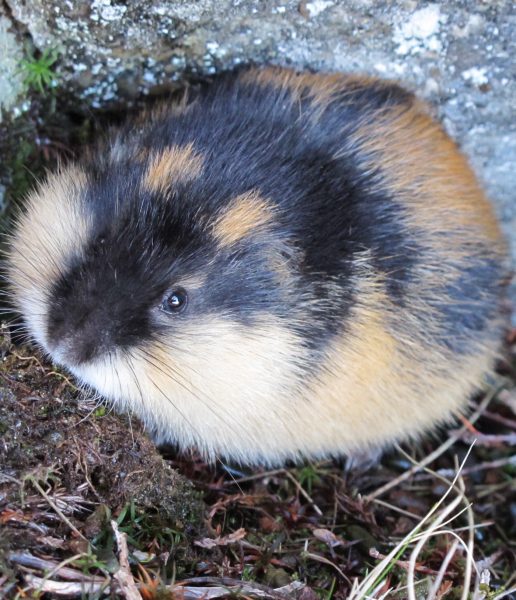
If I meet a lemming in the street, I’m mindful of two things; not to step on the little blighter and to avoid all reference to cliffs. Mind you, with me living in a seaside village and your average lemming preferring more of a tundra-based existence, our paths rarely do cross. However, despite the remoteness of our respective lives, the reason that I have a carefully cultivated lemming-encounter-plan is that the little fluffy blighters have been mythically misrepresented to a degree that says more about we humans than it does about them as scurrying mammals.
As soon as you saw the heading for this article and the word “lemming” no doubt your mind jumped to hundreds of the things leaping off a cliff in a mass suicide. It is knowledge that has passed into popular parlance as we describe people as behaving like a “pack of lemmings” to indicate they are doing something that is pointless simply because others are doing it. The problem is, lemmings don’t do that.
By all accounts lemmings are disagreeable little buggers, possessing inner rage totally out of synch with their puff-ball appearance, who will fight each other at the drop of a hat, or at least the drop of a scent in their home patch. This edgy temperament however, does not extend to the mass suicides attributed to lemmings.
What is true about lemmings is that when conditions are right, they will reproduce quickly to the extent that their population can grow to ten times its original size in a year. When concentrations of lemmings become too high in one area they will, sensibly, migrate. Mass herds of lemmings will set out in search of a new home and being the determined little sods that they are, they will cross whatever obstacles they need to in order to find a new home. Since lemmings can swim this might include crossing rivers or even lakes. Although they are good swimmers, if their fur becomes waterlogged some lemmings might not make it across the watery barrier. What lemmings won’t do is, stupidly, leap from cliffs in a glorious mass suicide. So why do we believe that they do?
The partial answer to that lies in a documentary from 1958 called “White Wilderness” in which the filmmakers, according to the Alaska Department of Fish and Game, deliberately faked scenes of lemming suicides. This notion of mass, mindless suicide has been debunked in many quarters so the question then becomes why do we still hold onto this notion of suicidal lemmings? I’d suggest the answer to that is, simply, because we want to.
So despite plenty of evidence to the contrary, the lemming myth persists because the concept serves us. It’s a widespread phenomenon that when a belief suits us, humans have an unsettling tendency to not let the truth get in the way of a good story.
The concept of “behaving like a pack of lemmings” allows us to express concern about the suppression of individuality when being swept up in a herd mentality. In an era of mushrooming population and rampant consumerism, it’s a real concern for many. So despite plenty of evidence to the contrary, the lemming myth persists because the concept serves us. It’s a widespread phenomenon that when a belief suits us, humans have an unsettling tendency to not let the truth get in the way of a good story.
In these articles we will dig into things a little. The topics won’t necessarily be of great consequence but perhaps the digging will be an end in itself. Perhaps, in fact certainly, my own preconceptions will get in the way but maybe in the process we can liberate the lemming, and free ourselves, from the myths and assumptions we lean on.


